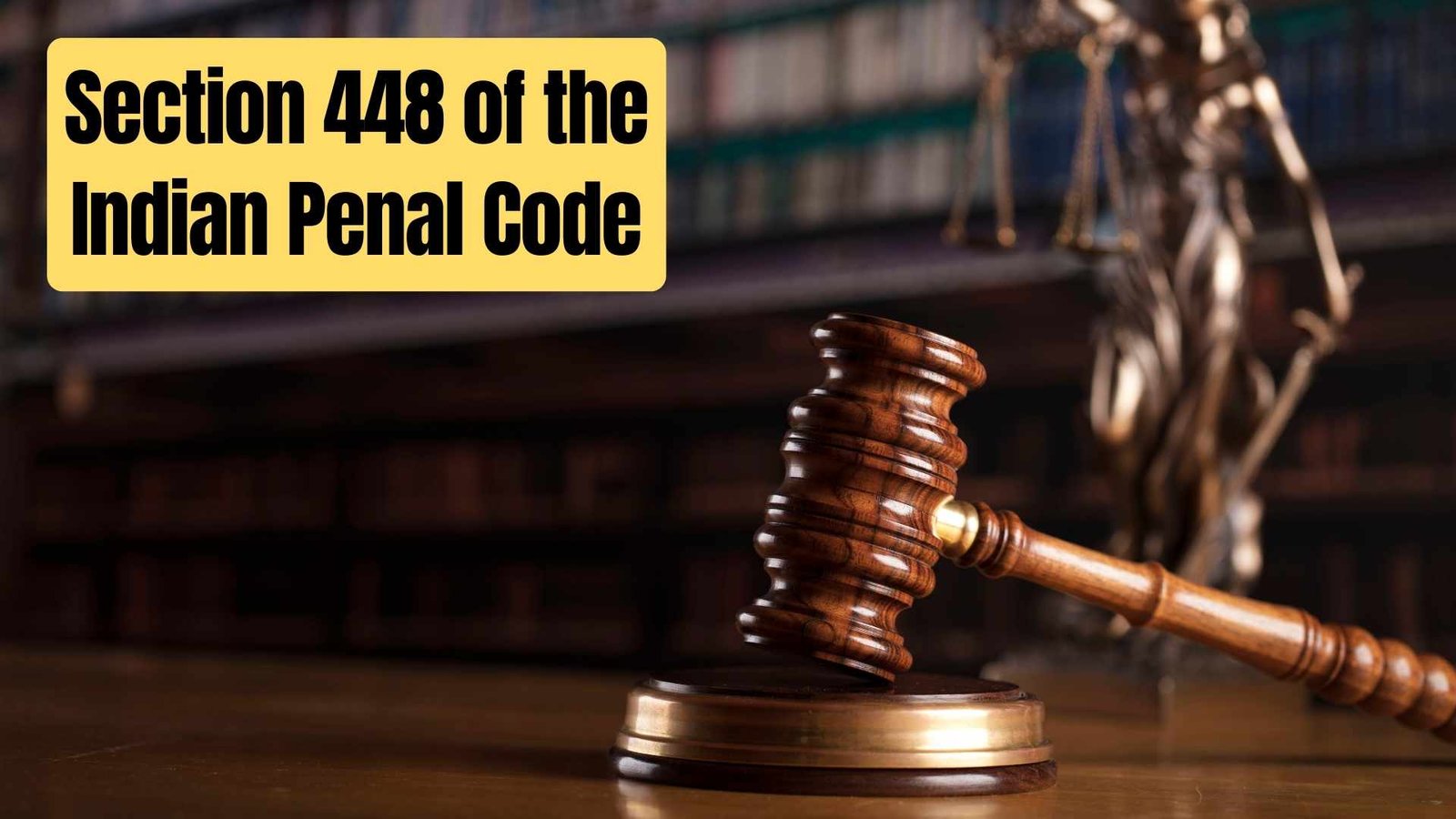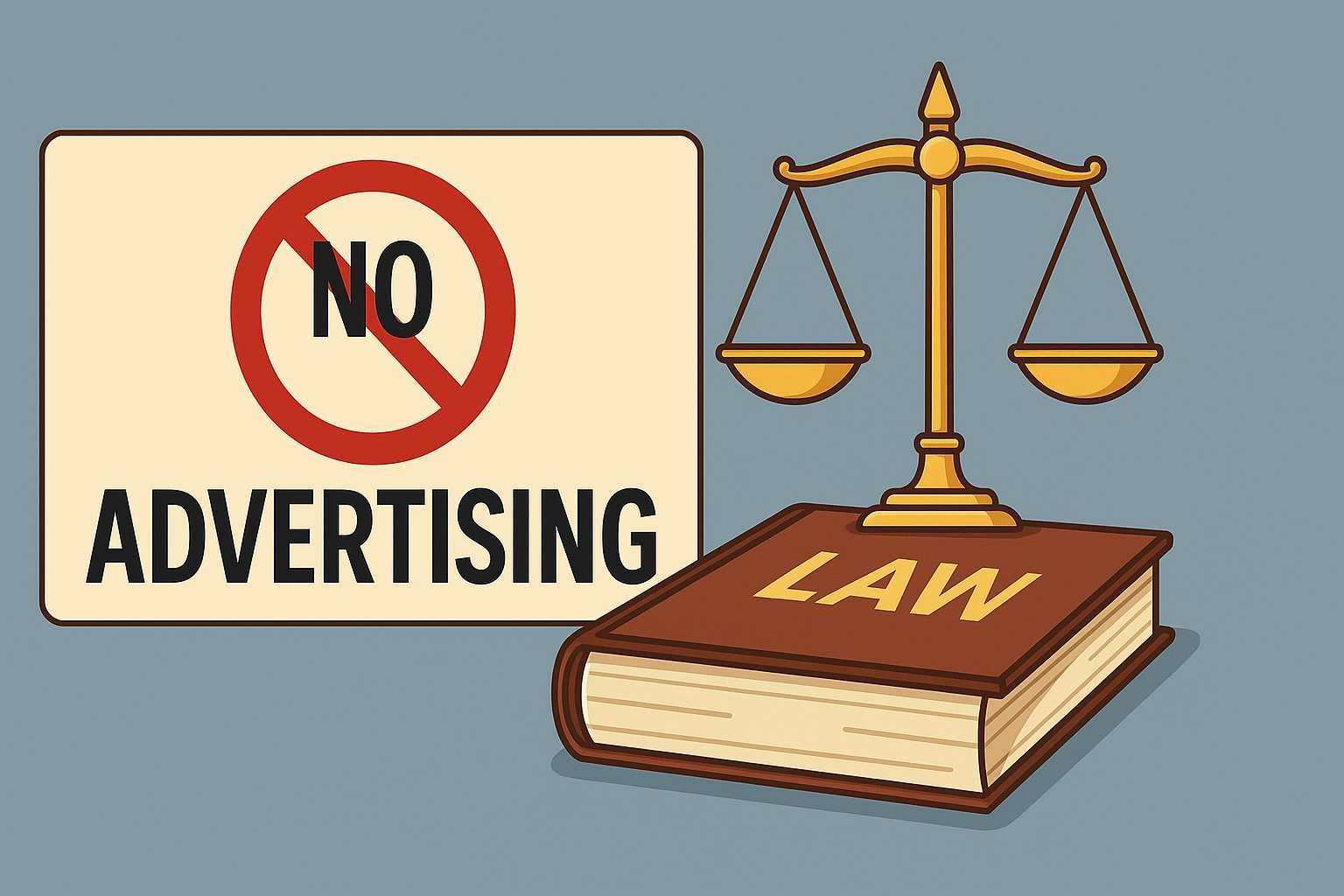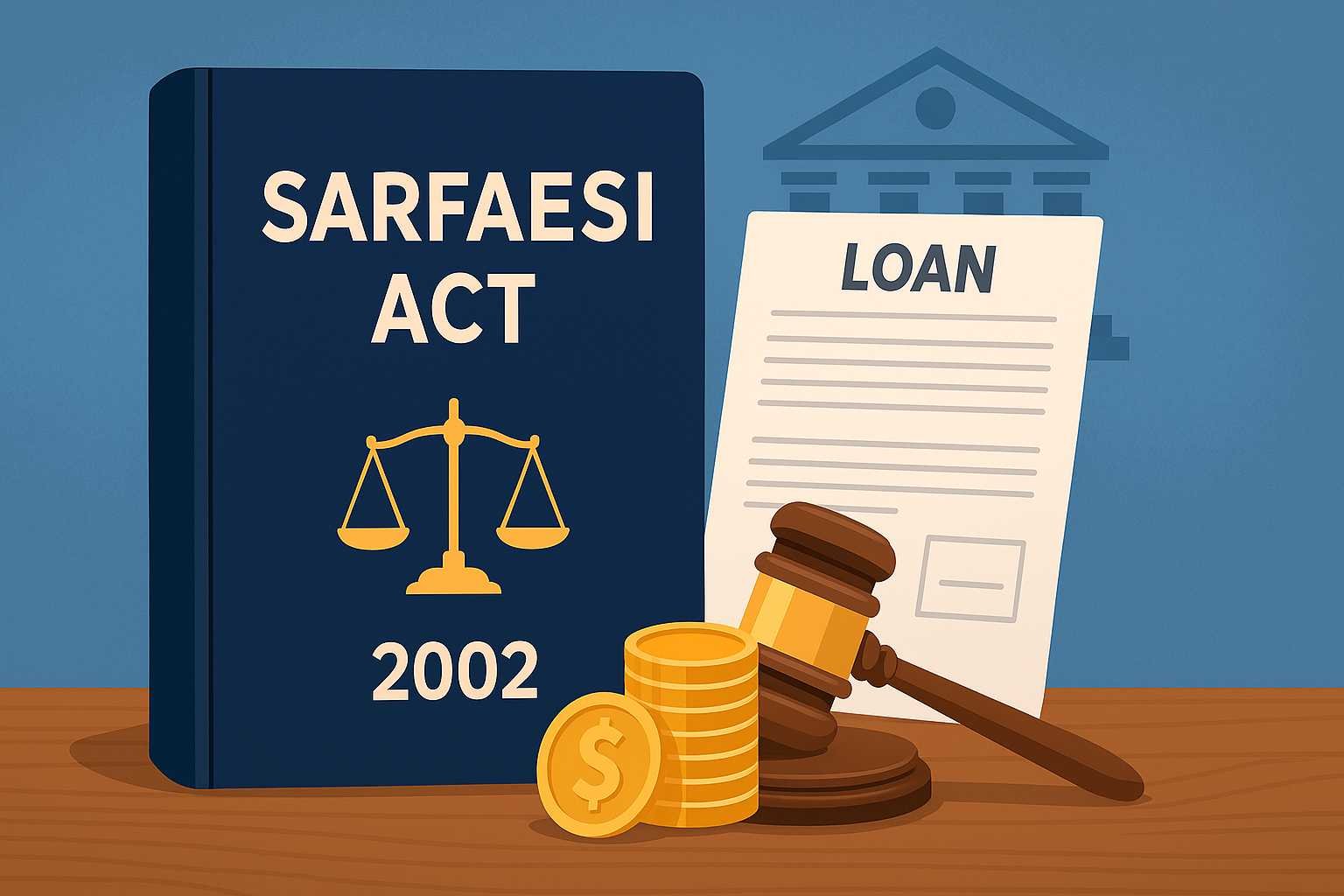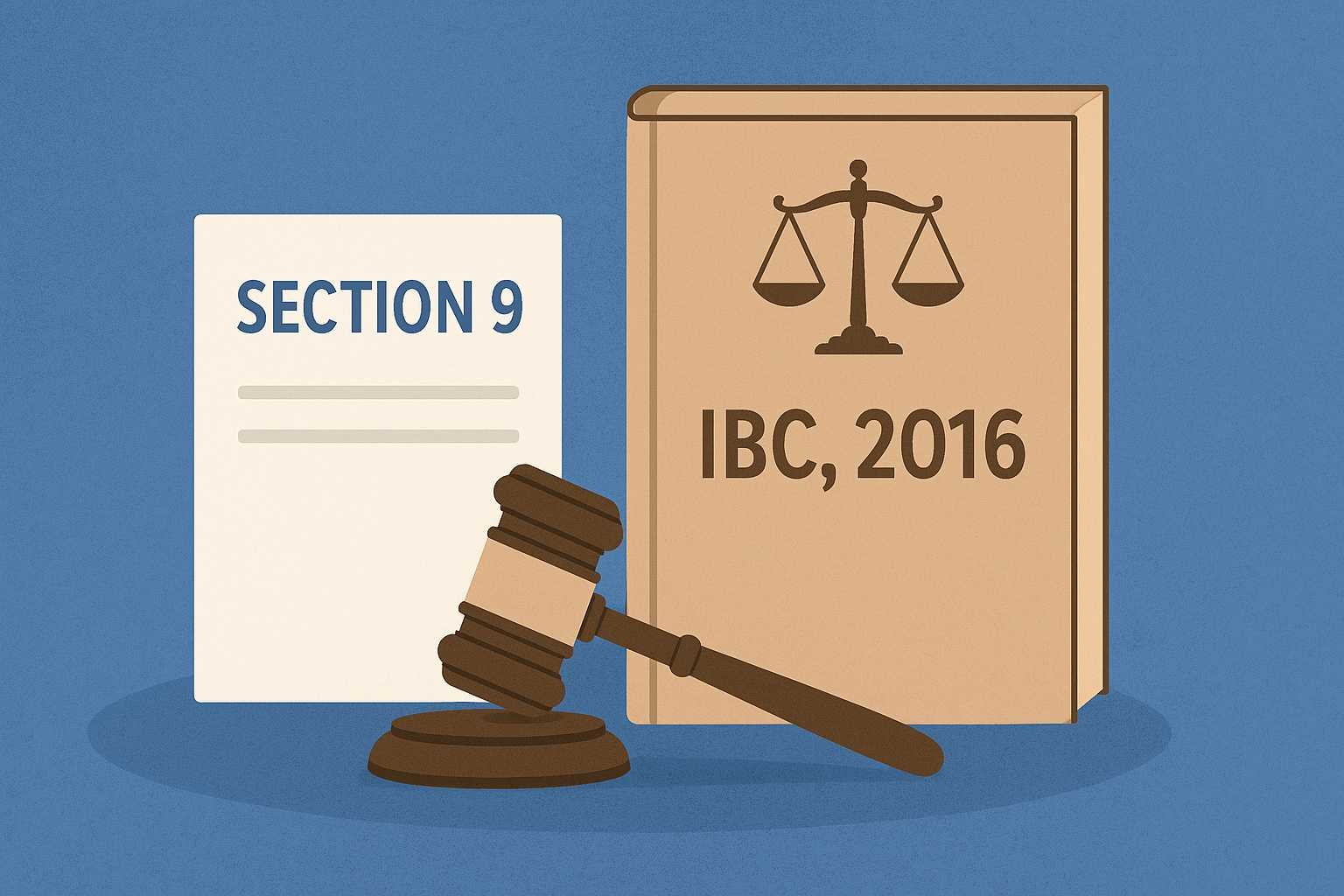On this page you will read detailed information about Section 323 IPC.
As you navigate the complex landscape of Indian criminal law, understanding Section 323 of the Indian Penal Code (IPC) is crucial. This provision, which addresses voluntarily causing hurt, forms a cornerstone of personal injury legislation in India. Whether you’re a legal professional, law student, or simply an informed citizen, grasping the nuances of Section 323 IPC can provide valuable insights into the country’s approach to physical altercations and their legal consequences. In this article, you’ll explore the key elements of this law, its applications, and the potential penalties for those found guilty of violating it. Prepare to delve into a critical aspect of India’s criminal justice system.
What is Section 323 IPC?
Section 323 of the Indian Penal Code (IPC) deals with the offense of voluntarily causing hurt. This section is a crucial part of India’s criminal law system, addressing cases where an individual intentionally inflicts physical pain or injury on another person without causing severe bodily harm.
Key Elements of Section 323 IPC
To understand what is IPC 323, it’s essential to recognize its two primary components:
- Voluntary Action: The act of causing hurt must be deliberate and not accidental. The accused must have intended to hurt the other person.
- Extent of Injury: The hurt caused should be more than trivial discomfort but less severe than grievous harm. This can range from minor scratches to significant bruises or sprains.
Punishment and Legal Process
Under section 323 IPC, the offense is generally considered bailable. The maximum punishment for this offense is imprisonment for up to one year and/or a fine of up to ₹1,000. The legal process typically involves filing an FIR, police investigation, submission of a chargesheet, and a trial in a magistrate court.
Important Considerations
It’s worth noting that mental trauma is not directly addressed by Section 323, but courts may consider it an aggravating factor during sentencing. Additionally, even minor injuries caused intentionally can result in punishment under this section, and the existence of an injury report is not mandatory for conviction.
Understanding the nuances of 323 IPC is crucial for both potential victims and those accused under this section. It provides a legal framework to address cases of minor physical harm while ensuring that the rights of all parties involved are protected.
Elements of the Offense Under Section 323
Voluntary Act
To be considered an offense under section 323 IPC, the act of causing hurt must be voluntary and intentional. This means the accused must have acted consciously, not accidentally. The law aims to address deliberate actions that inflict harm on others.
Actual Hurt Caused
For an act to fall under IPC 323, it must result in actual bodily pain, disease, or infirmity to the victim. However, the degree of injury is not the primary consideration. Even minor injuries or temporary discomfort can constitute “hurt” if committed intentionally. Courts have interpreted this element broadly, focusing on the accused’s knowledge that their actions would cause harm.
Physical Contact
There must typically be direct physical contact between the accused and the victim for an offense to qualify under 323 IPC. This could involve actions such as striking, hitting, or pushing. The physical nature of the act distinguishes it from other forms of harm.
Absence of Legal Justification
For an act to be punishable under Section 323, it must lack legal justification. This means the action should not be in self-defense or due to grave and sudden provocation. The law recognizes that certain circumstances may justify the use of force, and these situations are exempt from punishment under this section.
Proof and Evidence
While medical evidence can support a case under Section 323, it’s not always necessary. According to legal precedents, eyewitness testimony and the victim’s statement can be sufficient to establish the offense. This flexibility in evidence allows for justice even in cases where immediate medical attention wasn’t sought.
By understanding these elements, you can better comprehend what constitutes an offense under Section 323 of the Indian Penal Code and how the law is applied in cases of voluntarily causing hurt.
Difference Between Section 323 and Section 325
Understanding the distinction between Section 323 IPC and Section 325 IPC is crucial for anyone dealing with legal matters related to causing hurt in India. While both sections fall under the Indian Penal Code (IPC), they address different levels of severity when it comes to inflicting harm on others.
Nature of Offense
Section 323 IPC deals with the offense of “voluntarily causing hurt,” which involves causing bodily pain, disease, or infirmity to another person. On the other hand, Section 325 IPC addresses the more serious offense of “voluntarily causing grievous hurt,” which encompasses more severe forms of injury that can lead to long-term suffering or permanent damage.
Severity of Punishment
The punishment for offenses under these sections reflects their relative gravity. Under Section 323 IPC, the maximum punishment is imprisonment for up to one year, or a fine of up to one thousand rupees, or both. In contrast, Section 325 IPC carries a much harsher penalty, with imprisonment for up to seven years and a fine.
Legal Classification
Another key difference lies in how these offenses are classified legally. Section 323 IPC is considered a non-cognizable offense, meaning police cannot arrest without a warrant. Conversely, Section 325 IPC is a cognizable offense, allowing police to make arrests without a warrant. Both sections are bailable and compoundable, but the process and implications differ due to the severity of the offenses.
Impact on Legal Proceedings
The application of Section 323 or Section 325 can significantly impact legal proceedings. For instance, cases under Section 323 IPC may be resolved more quickly and with less severe consequences, while those under Section 325 IPC often involve more complex investigations and potentially longer trials due to the serious nature of the injuries involved.
In the previous post, we had shared information about Section 325 IPC: Analysis of Causing Grievous Hurt Voluntarily, so read that post also.
Punishment for Voluntarily Causing Hurt
The consequences for violating Section 323 IPC can be severe, reflecting the gravity of voluntarily causing hurt to another person. Understanding these penalties is crucial for both potential offenders and victims seeking justice.
Legal Penalties Under Section 323 IPC
What is IPC 323? It’s a provision in the Indian Penal Code that deals with voluntarily causing hurt. If found guilty under this section, you may face imprisonment for up to one year, a fine of up to 1,000 rupees, or both. The exact punishment can vary based on the severity of the offense and other factors considered by the court.
Factors Influencing Sentencing
The court takes several factors into account when determining the appropriate punishment for a Section 323 IPC offense:
- Severity of the injury inflicted
- Intent behind the act
- Prior criminal record of the offender
- Circumstances surrounding the incident
These considerations help ensure that the punishment is proportionate to the crime committed.
Impact on the Offender’s Future
A conviction under section 323 IPC can have long-lasting consequences beyond the immediate legal penalties. It may affect your:
- Employment prospects
- Ability to obtain certain licenses
- Social standing and relationships
Therefore, it’s crucial to understand the gravity of such actions and their potential repercussions.
Seeking Legal Recourse
If you’re a victim of voluntarily causing hurt, it’s essential to know your rights and the legal options available to you. Filing a complaint under Section 323 IPC can help you seek justice and potentially prevent future incidents. Remember, the law is designed to protect individuals from harm and hold offenders accountable for their actions.
Aggravated Forms of Hurt Under IPC
The Indian Penal Code (IPC) recognizes several aggravated forms of hurt that carry more severe punishments than simple hurt under section 323 IPC. These provisions aim to address more serious injuries and harmful acts.
Grievous Hurt
One of the most significant aggravated forms is grievous hurt, defined under Section 320 IPC. This includes severe injuries such as emasculation, permanent privation of sight or hearing, and fractures or dislocations of bones. Voluntarily causing grievous hurt is punishable under Section 325 IPC with imprisonment up to 7 years and a fine.
Use of Dangerous Weapons or Means
The IPC also considers the use of dangerous weapons or means as an aggravating factor. Section 324 IPC addresses voluntarily causing hurt by dangerous weapons or means, while Section 326 IPC deals with voluntarily causing grievous hurt by such means. These offenses carry harsher penalties, with Section 326 IPC allowing for imprisonment up to 10 years or even life imprisonment.
Hurt for Specific Purposes
The IPC further aggravates punishment for hurt caused with specific intents. For instance, causing hurt to extort property or confession (Section 327) or to deter public servants from duty (Section 332) attracts enhanced punishments. These provisions recognize the added harm when hurt is used as a means to achieve unlawful ends.
Rash and Negligent Acts
Sections 336-338 IPC address another category of aggravated hurt – those caused by rash or negligent acts. These sections punish actions that endanger human life or personal safety, recognizing that even unintentional acts can cause serious harm when done carelessly.
Understanding these aggravated forms is crucial for comprehending the full scope of hurt offenses under the IPC, including what is IPC 323 and other related sections.
Landmark Cases on Section 323 IPC
Defining the Scope of Voluntarily Causing Hurt
Section 323 of the Indian Penal Code (IPC) has been the subject of numerous landmark cases that have shaped its interpretation and application. These rulings have helped clarify what constitutes “voluntarily causing hurt” under IPC 323 and how courts should approach such cases.
In Kanhai Mishra v. State of Bihar (2001), the court established that even minor injuries, if caused intentionally, can lead to punishment under Section 323 IPC. This ruling was further reinforced in Madan Lal v. State of Himachal Pradesh (2003), where the court emphasized that the severity of the injury is not the determining factor, but rather the intent behind the act.
Establishing Intent and Evidence
The Supreme Court has provided crucial guidance on establishing intent in cases related to what is IPC 323. In Pawan Kumar v. State of Haryana (2017), the court ruled that the intention to cause hurt must be established beyond a reasonable doubt. Mere verbal threats or abusive language do not fall under this section.
Regarding evidence, the Supreme Court held in State of Punjab v. Iqbal Singh (1991) that medical opinion is not always necessary to establish the offense. Other forms of evidence, such as eyewitness testimony and the victim’s statement, can be sufficient to prove a case under Section 323 IPC.
Sentencing and Mitigating Factors
Courts have also addressed sentencing under Section 323 IPC, considering various factors that may mitigate or aggravate the offense. In Sitaram Paswan v. State of Bihar, the Supreme Court upheld a conviction under Sections 323 and 324 IPC but reduced the sentence, taking into account the sudden nature of the offense and the accused’s lack of prior convictions.
These landmark cases demonstrate the nuanced approach courts take when interpreting and applying Section 323 IPC, balancing the need for justice with the specific circumstances of each case.
Defenses Available Against Charges Under S. 323
When facing charges under section 323 IPC, several legal defenses can be employed to challenge the accusation. Understanding these options is crucial for anyone involved in such cases.
Self-Defense and Provocation
One of the primary defenses against charges of voluntarily causing hurt is the claim of self-defense. If the accused can demonstrate that their actions were necessary to protect themselves from imminent harm, they may avoid conviction under section 323 IPC. Similarly, the defense of sudden and grave provocation can be invoked. As per Section 334 of the IPC, if the hurt was caused due to sudden and grave provocation, it may result in a lesser punishment compared to what is ipc 323.
Lack of Intent or Accidental Harm
Another crucial defense strategy involves proving the absence of intent to cause harm. According to legal experts, for 323 ipc to apply, the prosecution must establish that the accused had a clear purpose or intention to cause physical pain or discomfort. If the injury was accidental or occurred without any deliberate intent, the charges under Section 323 may not be applicable.
Consent and Mitigating Circumstances
In some cases, the defense may argue that the alleged victim consented to the actions that caused the hurt, potentially nullifying the charges. Additionally, courts often consider mitigating factors such as the nature of the offense, the relationship between the parties, and the spontaneity of the incident. These circumstances can influence the court’s decision to reduce the sentence or grant probation in cases falling under Section 323 of the Indian Penal Code.
By understanding and effectively utilizing these defenses, individuals charged under Section 323 IPC can better navigate the legal process and protect their rights.
How to File a Complaint Under Section 323 IPC
Filing a complaint under Section 323 IPC, which deals with voluntarily causing hurt, requires following a specific process. Here’s a step-by-step guide to help you navigate this legal procedure:
Gather Evidence and Information
Before filing a complaint, it’s crucial to collect all relevant evidence and information related to the incident. This includes:
- Names and addresses of the accused and any witnesses
- Date, time, and location of the incident
- Any medical reports or photographs documenting injuries
- Any other supporting documents or evidence
According to legal experts, gathering comprehensive evidence is essential for strengthening your case under section 323 IPC.
File a First Information Report (FIR)
The next step is to file an FIR at your local police station. When filing the FIR:
- Clearly state that you’re filing a complaint under Section 323 IPC
- Provide a detailed account of the incident
- Include all the evidence and information you’ve gathered
- Ensure you receive a copy of the FIR for your records
Legal experts advise that filing an FIR is crucial as it initiates the official investigation process for cases under IPC 323.
Seek Medical Examination
It’s recommended to undergo a medical examination to document any injuries sustained. This medical report will serve as crucial evidence in court and strengthen your complaint under what is IPC 323.
Follow Up with Authorities
After filing the FIR, stay in touch with the investigating officer to ensure your complaint is being processed. If the police fail to take action, you have the option to file a private complaint directly with the magistrate’s court.
Remember, while these steps outline the general process, each case under 323 IPC may have unique aspects. It’s advisable to consult with a legal professional for personalized guidance throughout the process.
Section 323 IPC FAQs: Answering All Your Questions
Section 323 IPC deals with the punishment for voluntarily causing hurt. It states that whoever intentionally causes bodily pain, disease, or infirmity to another person shall be punished with imprisonment up to one year, a fine up to ₹1,000, or both. This section applies to cases of minor physical harm that don’t amount to grievous hurt.
To establish an offense under section 323 IPC, the following elements must be present:
i) The act must be voluntary and intentional
ii) It must result in causing bodily pain, disease, or infirmity
iii) There should be direct physical contact between the accused and the victim
iv) The act should not be justified by grave and sudden provocation
According to legal experts, even minor injuries can be sufficient to invoke this section, as long as the intention to cause hurt is established beyond reasonable doubt.
The punishment for voluntarily causing hurt under section 323 IPC includes:
i) Imprisonment up to one year
ii) Fine up to ₹1,000
Or both
It’s important to note that this is a relatively minor offense compared to more severe forms of assault covered under other sections of the IPC.
Yes, an offense under section 323 IPC is bailable, non-cognizable, and compoundable. This means:
i) The accused can apply for bail
ii) Police cannot arrest the accused without a warrant
iii) The parties involved can reach a compromise and settle the case
However, the court can deny bail under specific circumstances, depending on the nature of the case and the accused’s background.
Conclusion
As you have seen, Section 323 of the Indian Penal Code plays a crucial role in addressing cases of voluntarily causing hurt. By understanding its provisions, penalties, and applications, you gain valuable insight into India’s legal framework for protecting individuals from physical harm. While the law provides a clear definition and consequences for offenders, its effectiveness relies on proper implementation and public awareness. As a responsible citizen, staying informed about such legal statutes empowers you to recognize violations and seek appropriate recourse when necessary. Ultimately, Section 323 IPC serves as a deterrent against physical violence and contributes to maintaining social order and personal safety in Indian society.
Disclaimer
The information and services on this website are not intended to and shall not be used as legal advice. You should consult a Legal Professional for any legal or solicited advice. While we have good faith and our own independent research to every information listed on the website and do our best to ensure that the data provided is accurate. However, we do not guarantee the information provided is accurate and make no representation or warranty of any kind, express or implied, regarding the accuracy, adequacy, validity, reliability, availability, or completeness of any information on the Site. UNDER NO CIRCUMSTANCES SHALL WE HAVE ANY LIABILITY TO YOU FOR ANY LOSS OR DAMAGE OF ANY KIND INCURRED AS A RESULT OR RELIANCE ON ANY INFORMATION PROVIDED ON THE SITE. YOUR USE OF THE SITE AND YOUR RELIANCE ON ANY INFORMATION ON THE SITE IS SOLELY AT YOUR OWN RISK. Comments on this website are the sole responsibility of their writers so the accuracy, completeness, veracity, honesty, factuality and politeness of comments are not guaranteed.
So friends, today we talked about Section 323 IPC, hope you liked our post.
If you liked the information about Section 323 IPC, then definitely share this article with your friends.
Knowing about laws can make you feel super smart ! If you find value in the content you may consider joining our not for profit Legal Community ! You can ask unlimited questions on WhatsApp and get answers. You can DM or send your name & number to 8208309918 on WhatsApp








